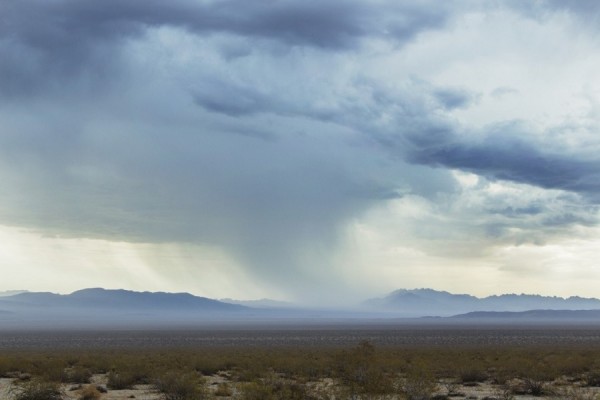By Ana Verayo, | February 16, 2016

Earth's land masses have stored increasing amounts of water in the last decade, slowing the pace of sea level rise.
In a new study, scientists have determined how much water that land can absorb and how it affects rising sea levels. Using data obtained from orbiting NASA satellites, scientists calculated how much water is stored on the planet's continents.
Like Us on Facebook
Their results reveal that land masses can soak up 3.2 trillion tons of water, that have significant effects on global sea levels, reducing levels by 20 percent. This land water can now be found in lakes and underground aquifers and the Earth's soil according to scientists from NASA's Jet Propulsion Laboratory in California and the University of California in Irvine.
The world's water cycle or global hydrologic cycle occurs when water evaporates from the oceans and returns back to Earth as precipitation such as rainfall or snow, that finds its way back to the ocean via rivers and land runoff. Soil moisture and lake water levels are some regional changes in the water cycle which can also affect sea levels, making this a crucial factor for scientists when it comes to rising sea levels apart from glacial sea melt rates.
Scientists however have known this connection for a long time now, but in this new study, the amount of water that is absorbed by the land has been taken into account now when it comes to data about rising sea levels on a global scale.
This new data has been possible with the help of NASA's GRACE satellites (Gravity Recovery and Climate Experiment), which is the first ever scientific instrument to measure the amount of water that is stored in land masses across the planet. NASA says that the amount of water stored on the surface of the Earth is different for every region, as it changes the Earth's gravitational forces that has been identified by the twin GRACE satellites.
This new study now reveals these changes between ice and glacial melt rates and the regional changes of liquid water that is stored on land. According to lead author of the study, J.T. Reager of NASA's Jet Propulsion Laboratory, this is the first evidence in the past decade of the significant changes in the global water cycle that can offset losses from groundwater pumping, causing the land to become like a temporary sponge.
He adds how this is pivotal in understanding the differences in sea levels for every decade, as this can also complement future long term projections of sea levels that can all depend on melting ice and warming oceans.
This new study is published in the journal Science.
-
Use of Coronavirus Pandemic Drones Raises Privacy Concerns: Drones Spread Fear, Local Officials Say

-
Coronavirus Hampers The Delivery Of Lockheed Martin F-35 Stealth Fighters For 2020

-
Instagram Speeds Up Plans to Add Account Memorialization Feature Due to COVID-19 Deaths

-
NASA: Perseverance Plans to Bring 'Mars Rock' to Earth in 2031

-
600 Dead And 3,000 In The Hospital as Iranians Believed Drinking High-Concentrations of Alcohol Can Cure The Coronavirus

-
600 Dead And 3,000 In The Hospital as Iranians Believed Drinking High-Concentrations of Alcohol Can Cure The Coronavirus

-
COVID-19: Doctors, Nurses Use Virtual Reality to Learn New Skills in Treating Coronavirus Patients







